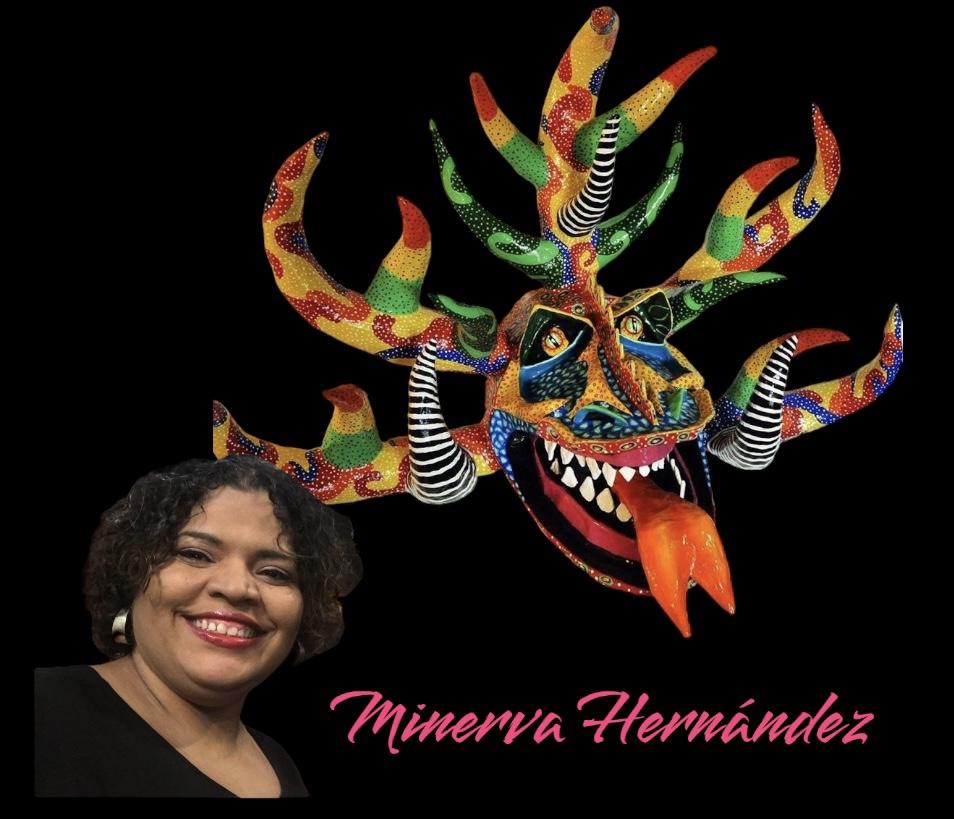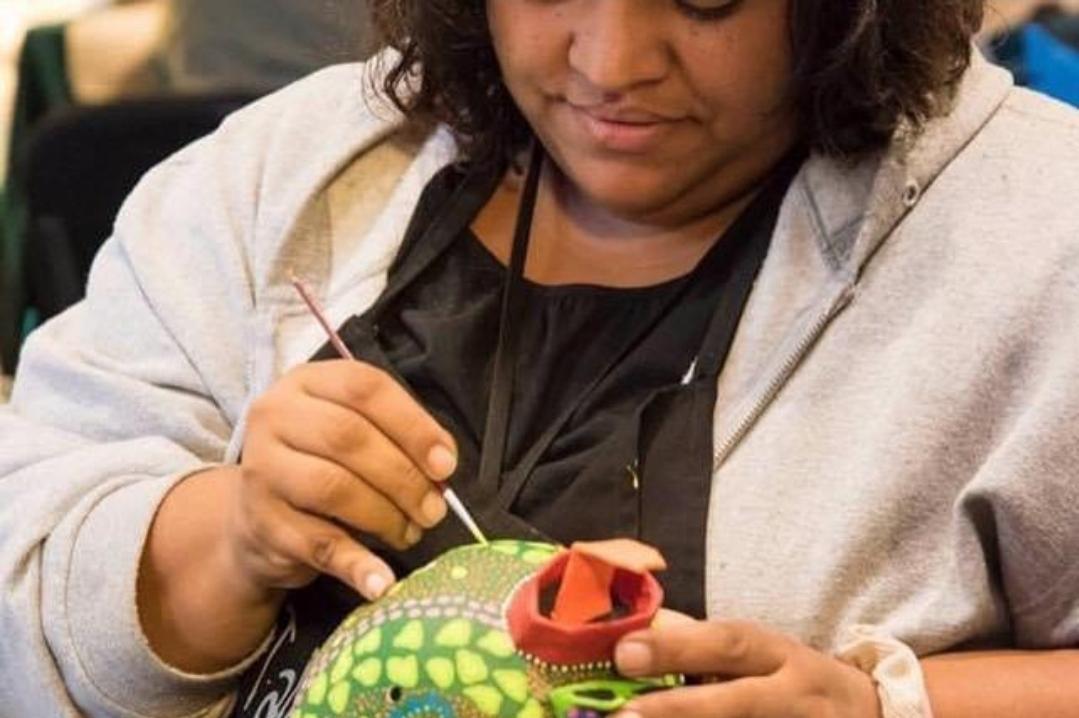Description
Las coloridas caretas de vejigantes son una parte icónica de la cultura puertorriqueña. Estas máscaras, elaboradas y llamativas, tienen un origen ancestral que se remonta a la época de la colonización española en la isla. Aunque su historia exacta es incierta, se cree que los vejigantes surgieron de una mezcla de influencias africanas y europeas.
Durante la época de la colonia, los esclavos africanos traídos a Puerto Rico mantenían vivas sus tradiciones culturales a través de bailes y rituales. Uno de estos rituales involucraba el uso de máscaras hechas de vejigas de animales infladas, conocidas como “vejigantes”. Estas máscaras eran utilizadas durante las celebraciones festivas, como el carnaval.
Con el tiempo, los vejigantes se convirtieron en una figura emblemática de las festividades en Puerto Rico. Se dice que su propósito original era asustar a los malos espíritus y alejar las energías negativas. Las máscaras de vejigantes, con sus cuernos, colores vibrantes y diseños llamativos, se convirtieron en símbolos de protección y buenos augurios.
Hoy en día, los vejigantes son un ícono del folclore puertorriqueño y se pueden ver en desfiles y festividades tradicionales, como la Fiesta de Santiago Apóstol en Loiza y el Carnaval de Ponce. Los portadores de las caretas de vejigantes realizan danzas y actuaciones en las calles, transmitiendo la energía festiva y la tradición cultural a las nuevas generaciones.
En Puerto Rico se pueden encontrar dos tipos de máscaras de vejigantes, las de Ponce hechas en papel mache y las de Loiza que son hechas en coco.
Uno de los artesanos más destacados en este renglón es la Sra. Minerva Hernández que confecciona sus máscaras creando sus propios diseños en higuera y papel mache con la particularidad de ponerle muchos cuernos a sus caretas. A lo largo de los años sus piezas han recorrido desde los hogares del pueblo puertorriqueño hasta diferentes partes del mundo como por ejemplo Alemania, Irlanda, Hawái, China Japón, México y Estados Unidos por compradores que van desde coleccionistas hasta puertorriqueños de la diáspora. Hoy día podemos encontrar sus piezas artesanales a través de las principales ferias que realiza el Instituto de Cultura y Fomento de Puerto Rico donde no solo participa vendiendo sus caretas, sino que también ofrece talleres a niños y adultos promoviendo su renglón.
english
Vejigante Carnival Mask
The colourful “vejigante” masks are an iconic part of Puerto Rican culture. These elaborate and eye-catching masks have ancestral origins dating back to the time of Spanish colonisation of the island. Although their exact history is uncertain, it is believed that the “vejigantes” emerged from a mixture of African and European influences.
One of these rituals involved the use of masks made of inflated animal bladders, known as “vejigantes”. These masks were used during festive celebrations, such as carnival. Today they are made of cardboard and glue.
Over time, the “vejigantes” became an emblematic figure of the festivities in Puerto Rico. It is said that their original purpose was to scare away evil spirits and ward off negative energies. The masks, with their horns, vibrant colours and eye-catching designs, became symbols of protection and good omens. Today, vejigantes are an icon of Puerto Rican folklore and can be seen in parades and traditional festivities, such as the Fiesta de Santiago Apostle in Loiza and the Carnival of Ponce. Wearers of the vejigante masks perform dances and performances in the streets, passing on the festive energy and cultural tradition to new generations.
Two types of vejigante masks can be found in Puerto Rico, those of Ponce made of papier mache and those of Loiza which are made of coconut. One of the most outstanding artisans is Mrs. Minerva Hernández who makes her masks by creating her own designs in fig tree and papier mache with the particularity of putting many horns on her masks. Over the years her pieces have travelled from the homes of the Puerto Rican people to different parts of the world such as Germany, Ireland, Hawaii, China, Japan, Mexico and the United States by buyers ranging from collectors to Puerto Ricans in the diaspora.
Today we can find his handmade pieces at the main fairs organised by the Institute of Culture and Promotion of Puerto Rico, where he not only participates in selling his caretas, but also offers workshops for children and adults.




Reviews
There are no reviews yet.